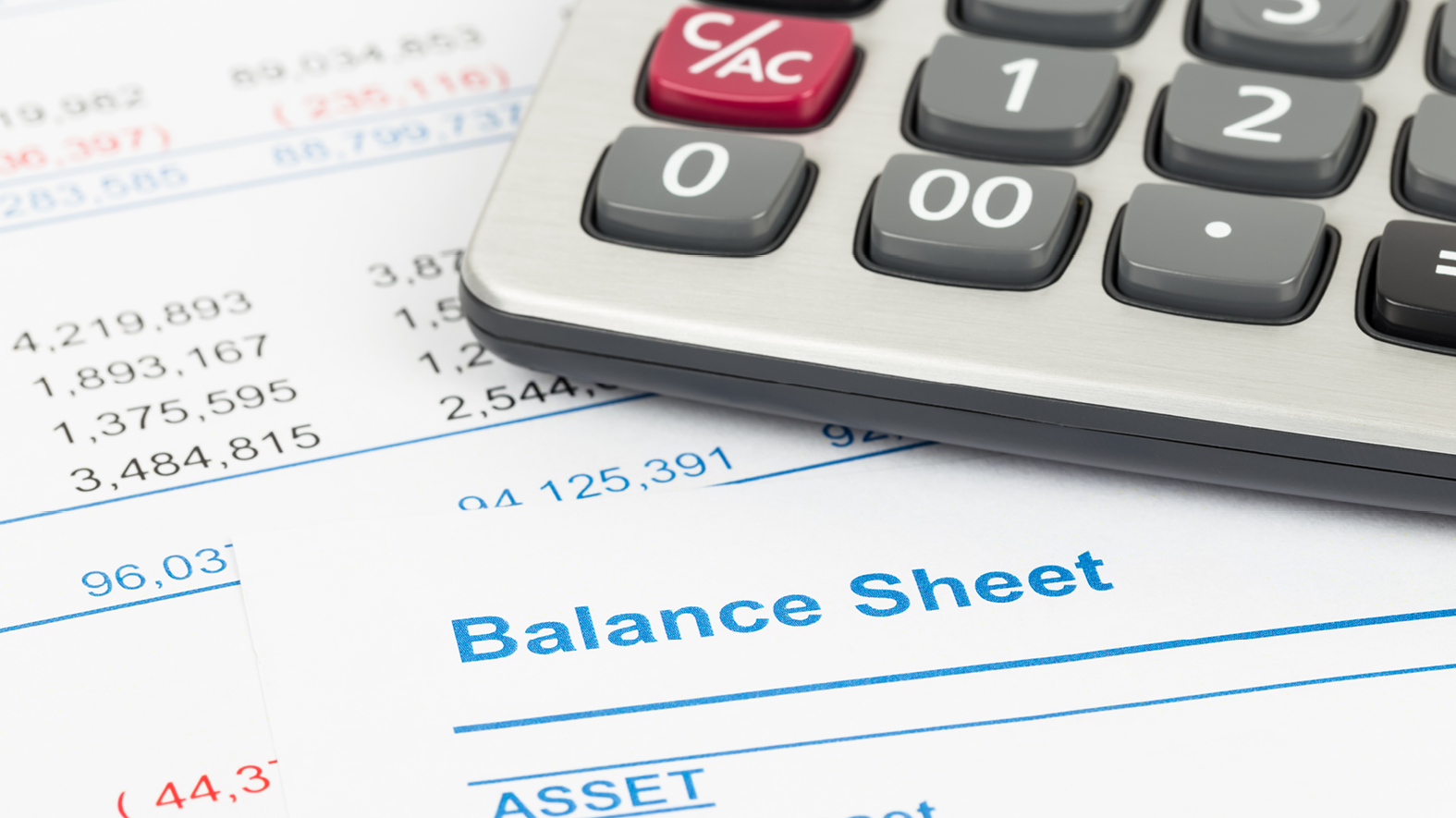The CFO's Cheat Sheet
8 Financial Tips to Improve Balance Sheet Health
In anticipation of a potential recession, it's more important than ever for CFOs to find ways to free up cash on their balance sheets. Having a strong balance sheet ensures your company will remain financially stable in any economic condition and allows you to take advantage of growth opportunities that may arise. While there are a number of different strategies CFOs can leverage to improve balance sheet health, here are a few of the most effective.

Invest in higher-performing segments of the business—and ditch those that aren't performing
By evaluating returns—or losses—from facilities, equipment, plants and other long-term hard assets, CFOs can identify low-performing assets. Selling or repurposing these assets allows CFOs to deploy cash to higher value activities and growth initiatives while delaying capital expenditure, thus improving a company's net income.
Review Accounts Receivables and Payables
Weak collection policies, slow invoicing, inefficient payment processes and out-of-market terms slows the cash-conversion cycle and ties up cash. CFOs can unlock extra cash for investment, dividend payments, debt payments and mergers and acquisitions by identifying gaps in receivables and payables from the prior year.
Usually, a thorough analysis can reveal process gaps, unfavorable and unnecessary terms with customers and vendors and other near-term opportunities, which can help streamline and unlock working capital.
Get Smart Credit Support
CFOs who use letters of credit, surety bonds and cash collateral as credit support for regulatory or commercial purposes risk misallocating liquidity.
A CFO and other stakeholders working with a legal expert can boost a company's liquidity by evaluating—on a regular basis—whether or not all credit support is still required. Where credit support is still necessary, CFOs should always examine the most capital-efficient way for their companies to offer financial collateral.
Reduce the Cash Going Out
A cash-flow deficit will lead to the eventual downfall of a business. However, reducing the money going out is an effective way to maintain a positive cash flow and improve the balance sheet.
CFOs can optimize cash flow by mapping out best-case, worst-case and likely scenarios. If the company's likely scenario is similar to the worst-case scenario, CFOs must find ways to minimize the cash going out to free up more cash. A good starting point for CFOs is to review every detail of a company's Profit & Loss Report and ask the following questions:
- Why is the company utilizing cash?
- Can the company achieve this goal more efficiently and cost-effectively?
- Should the company stop spending the cash altogether?
- Is there a better deal from this or another supplier?
Build Up Cash Reserve
Besides managing the cash going out, CFOs need to monitor the cash held closely. This is the money businesses build up to take advantage of an unexpected opportunity or to use during emergencies.
Without sufficient funds in reserve, businesses will always find themselves scrambling to secure financing quickly.
The general rule of thumb is, until a company builds up its hold or protective balance, a third should be invested back into the business to boost growth, a third should go back into operations and a third should be held.
Cash Flow Projection
Negative and positive cash flow swings do not have to find CFOs off-guard. CFOs can perform a cash flow analysis to identify trends of negative and positive cash flow swings in a business. This allows a CFO to predict when a company will have a surplus or deficit of cash which helps in planning for the best time to pay expenses.
The best practice here is to match a business's cash outflows to the inflows instead of depending on short-term borrowing to cover gaps. This is because, although short-term borrowing has lower interest rates, it still adds to the overall costs of a business.
Leasing Equipment and Devices
Leasing equipment, devices, motor vehicles and real estate may seem counterintuitive to someone who is only paying attention to the bottom line. However, leasing allows a company to free up more cash because it entails paying in small increments.
An added advantage of leasing is that lease payments are considered business expenses and thus can be deducted from a company's tax obligations.
Moreover, some devices and equipment can quickly become outdated, inefficient and incompatible with the latest technology. Constantly upgrading or buying new ones to keep up with technological advancements is very costly. Leasing devices and other equipment is an excellent way to stay up-to-date while freeing up cash to invest in high-value projects.
Unlock Illiquid Capital Trapped in Real Estate Through a Sale-leaseback
One often underused avenue of unlocking capital for company’s balance sheet is a sale-leaseback (also known as a sale-and-leaseback or leaseback). It is a financial transaction where a company sells its real estate to an investor for cash and then leases it from the buyer. When selecting a buyer, it’s important to find an established real estate investor who will value the property accordingly and will pay the full fair market value.
Real estate is an illiquid asset that is a drag on many companies' balance sheets— particularly those not in the business of owning real estate. A sale-leaseback enables a company to sell real estate to an investor-landlord and continue to use the property through a long-term lease.
Through a sale-leaseback, CFOs can unlock illiquid capital and reinvest it into growth initiatives or other high-performing areas of the business.
If you’re considering a sale-leaseback, check out “Is a Sale-Leaseback Right for Your Business?”
Conclusion
Having a strong balance sheet is critical for several reasons. Ensuring a company has strong cash flows helps support ongoing operations through any economic cycle and gives the company the ability to take advantage of growth opportunities.
If CFOs are interested in pursuing a sale-leaseback as part of their balance sheet strategy, working with an experienced partner like W. P. Carey can ensure the company is maximizing the value of their real estate and unlocking 100% of an otherwise illiquid asset. For a real-world example of how a sale-leaseback can be used to support a company’s balance sheet and growth, view a case study here.
Think a sale-leaseback might be a good fit for you? Get in touch today!
Related Topics:
You May Also Like:

- Recently Added
- WPC in the News
Net Lease Investors Adapt as Economic Uncertainty Lingers
Tariffs, interest rate fluctuations and macroeconomic uncertainties continue to reshape the net lease investment market. As these factors evolve, investors are working to make long-term decisions in...
- Recently Added
- WPC in the News
Tips for Ensuring a Successful Sale-Leaseback
A “great tool in really uncertain times,” the sale-leaseback can give immediate access to capital and minimize debt market exposure during uneasy economic periods. But for many looking to utilize it,...